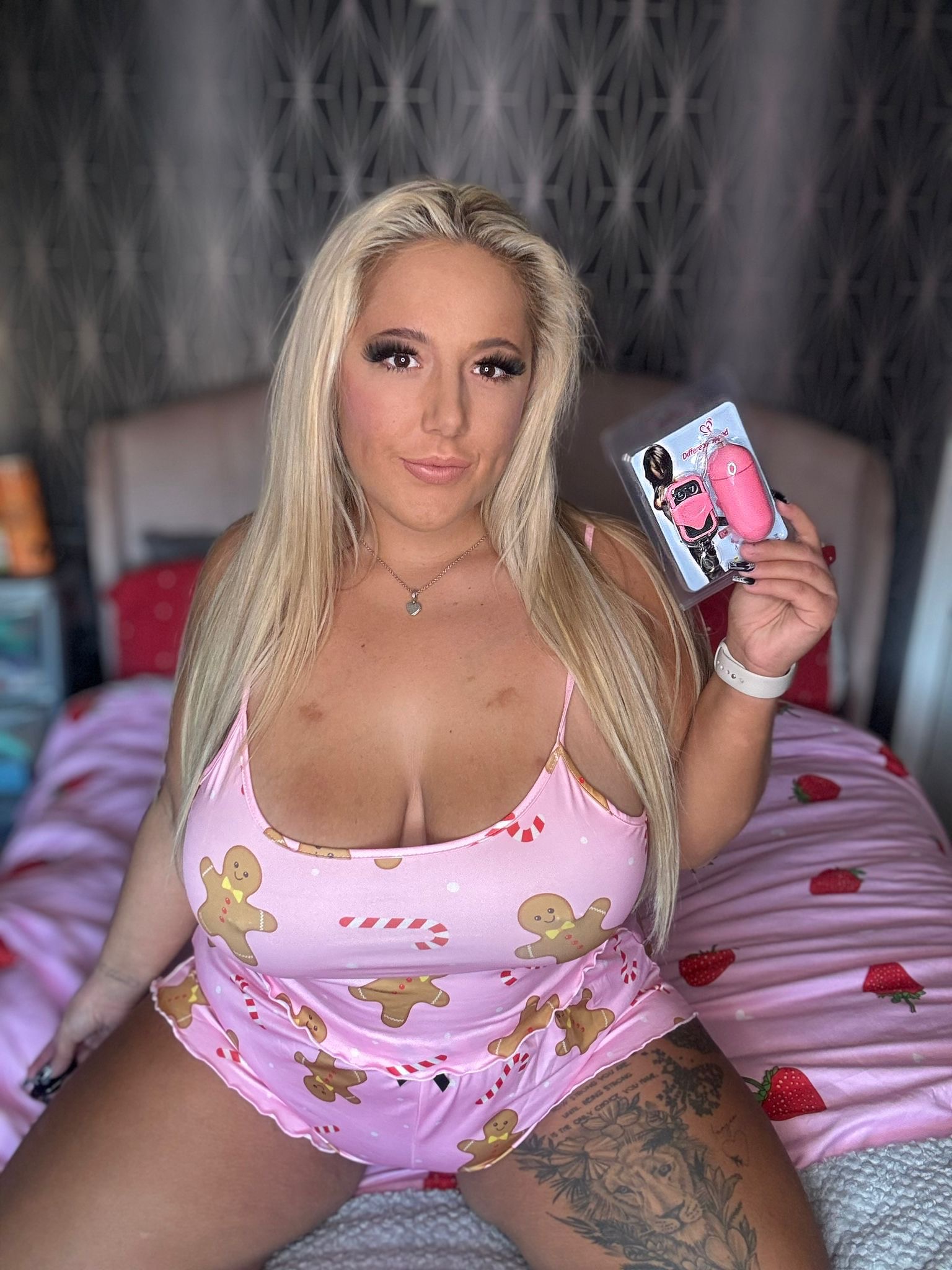Understanding Pansexuality
Pansexuality is a sexual orientation characterized by romantic or sexual attraction to people regardless of their gender identity or expression. Unlike bisexuality, which typically refers to attraction to two genders (usually men and women), pansexuality encompasses attraction to all genders, including those that fall outside the traditional male/female binary. It’s about loving someone for who they are as an individual, without limitations imposed by societal norms or expectations.

Definition
Pansexuality is a sexual orientation characterized by romantic or sexual attraction to people regardless of their gender identity or expression. Unlike bisexuality, which typically refers to attraction to two genders (usually men and women), pansexuality encompasses attraction to all genders, including those that fall outside the traditional male/female binary.
It’s about loving someone for who they are as an individual, without limitations imposed by societal norms or expectations.
Key Characteristics
Pansexuality is a sexual orientation characterized by romantic or sexual attraction to people regardless of their gender identity or expression. Unlike bisexuality, which typically refers to attraction to two genders (usually men and women), pansexuality encompasses attraction to all genders, including those that fall outside the traditional male/female binary.

For a pansexual person, love and attraction are not confined by societal norms or expectations about gender. They value individuals for who they are, regardless of how they identify or express their gender.
Distinguishing from Other Sexual Orientations
Pansexuality is a sexual orientation characterized by romantic or sexual attraction to people regardless of their gender identity or expression. Unlike bisexuality, which typically refers to attraction to two genders (usually men and women), pansexuality encompasses attraction to all genders, including those that fall outside the traditional male/female binary.
For a pansexual person, love and attraction are not confined by societal norms or expectations about gender. They value individuals for who they are, regardless of how they identify or express their gender.
Here’s a breakdown of some key distinctions between pansexuality and other sexual orientations:
- Pansexuality: Attraction to all genders, including those outside the male/female binary.
- Bisexuality: Attraction to two genders, typically men and women.
- Homosexuality: Attraction to people of the same gender.
- Heterosexuality: Attraction to people of a different gender than one’s own.
Experiences of Pansexual Individuals
Understanding pansexuality involves exploring experiences of individuals who find attraction unbound by societal norms and expectations surrounding gender. Pansexual individuals experience love and desire for people regardless of their gender identity or expression, encompassing a spectrum that extends beyond the traditional binary of male and female.
Coming Out and Self-Discovery
Coming out as pansexual can be a deeply personal and transformative journey. For many, it involves a process of self-discovery, challenging societal norms, and embracing their authentic selves. The experience can vary greatly depending on individual circumstances, support systems, and cultural contexts.
Some individuals may realize their pansexuality early in life, while others may come to understand it later. The journey often involves introspection, reflection, and a willingness to explore one’s feelings and attractions. It can involve questioning societal expectations, confronting internalized biases, and ultimately accepting oneself for who they truly are.
For some, coming out can be met with acceptance and support from loved ones. Others may face challenges such as misunderstanding, rejection, or discrimination. Navigating these experiences can be emotionally difficult, requiring courage, resilience, and a strong support network.

It’s important to remember that there is no right or wrong way to come out. Individuals should choose a path that feels comfortable and safe for them. Resources such as LGBTQ+ organizations, online communities, and supportive friends and family can provide guidance, encouragement, and a sense of belonging.
The journey of self-discovery and coming out as pansexual is ultimately about embracing authenticity, living with integrity, and fostering a world where all individuals feel safe and accepted for who they are.
Relationships and Dating
Pansexual individuals experience love and attraction across the entire spectrum of gender identities. They form relationships based on genuine connection and compatibility, rather than societal constructs or expectations about gender roles.
Dating as a pansexual person can involve navigating unique challenges and opportunities. It may require open communication with potential partners about one’s sexual orientation to ensure mutual understanding and respect. The dating landscape itself is constantly evolving, with online platforms offering greater visibility and connection possibilities for people of all identities.
Finding a supportive community is crucial for pansexual individuals. Connecting with others who understand their experiences can provide validation, encouragement, and a sense of belonging. Support groups, LGBTQ+ organizations, and online communities offer spaces for sharing stories, navigating challenges, and celebrating successes.
Ultimately, pansexuality celebrates love and attraction beyond the limitations of gender. It promotes inclusivity, acceptance, and a deeper understanding of human connection.
Facing Challenges and Discrimination
Pansexual individuals often face challenges and discrimination rooted in societal misconceptions and prejudices surrounding gender and sexuality. These experiences can manifest in various forms, impacting their personal lives, relationships, and overall well-being.
One common challenge is encountering negative stereotypes and assumptions about pansexuality. Some people may view it as a phase or confuse it with bisexuality, leading to misunderstandings and hurtful comments.
Discrimination can take place in various settings, including education, employment, and healthcare. Pansexual individuals may experience bias from colleagues, employers, or service providers, creating hostile environments and hindering their opportunities for advancement.
In some societies, pansexuality is stigmatized or even criminalized. This can lead to fear of coming out, social isolation, and increased vulnerability to violence or harassment.
The lack of visibility and representation of pansexual people in media and popular culture contributes to societal ignorance and perpetuates harmful stereotypes. It’s crucial to amplify pansexual voices and stories to challenge misconceptions and foster understanding.
Overcoming these challenges requires a multifaceted approach that involves education, advocacy, and the creation of inclusive environments. Promoting open dialogue, challenging prejudice, and celebrating diversity are essential steps towards creating a society where all individuals feel safe and accepted for who they truly are.
Representation and Visibility
Representation and visibility are crucial for marginalized communities to thrive. For pansexual individuals, seeing themselves reflected in media, literature, and everyday life is essential for fostering acceptance, dismantling stereotypes, and empowering individuals to embrace their authentic selves.
Media Portrayals
Increased representation of pansexual characters in film, television, and other forms of media can help normalize this sexual orientation and challenge societal misconceptions. When people see diverse representations of themselves reflected back, it helps them feel seen, validated, and less alone.
Positive portrayals of pansexual characters can also help educate the public about pansexuality and dispel harmful stereotypes. It allows viewers to see that pansexual individuals are just like everyone else—they have hopes, dreams, relationships, and experiences that deserve to be acknowledged and celebrated.
Visibility is also important for creating a sense of community and belonging for pansexual individuals. When they see others like themselves represented in media and public life, it can help them feel connected and less isolated. It can inspire them to embrace their identity with pride and create supportive networks with others who share similar experiences.
Furthermore, visibility can empower pansexual individuals to advocate for their rights and challenge discrimination. Seeing themselves represented as strong, confident, and successful can encourage them to speak up against injustice and fight for equality.
LGBTQ+ Activism
Pansexuality is a sexual orientation characterized by romantic or sexual attraction to people regardless of their gender identity or expression. Unlike bisexuality, which typically refers to attraction to two genders (usually men and women), pansexuality encompasses attraction to all genders, including those that fall outside the traditional male/female binary.
It’s about loving someone for who they are as an individual, without limitations imposed by societal norms or expectations.
Understanding pansexuality involves exploring experiences of individuals who find attraction unbound by societal norms and expectations surrounding gender. Pansexual individuals experience love and desire for people regardless of their gender identity or expression, encompassing a spectrum that extends beyond the traditional binary of male and female.
Coming out as pansexual can be a deeply personal and transformative journey. For many, it involves a process of self-discovery, challenging societal norms, and embracing their authentic selves. The experience can vary greatly depending on individual circumstances, support systems, and cultural contexts.
Some individuals may realize their pansexuality early in life, while others may come to understand it later. The journey often involves introspection, reflection, and a willingness to explore one’s feelings and attractions. It can involve questioning societal expectations, confronting internalized biases, and ultimately accepting oneself for who they truly are.
For some, coming out can be met with acceptance and support from loved ones. Others may face challenges such as misunderstanding, rejection, or discrimination. Navigating these experiences can be emotionally difficult, requiring courage, resilience, and a strong support network.
It’s important to remember that there is no right or wrong way to come out. Individuals should choose a path that feels comfortable and safe for them. Resources such as LGBTQ+ organizations, online communities, and supportive friends and family can provide guidance, encouragement, and a sense of belonging.
The journey of self-discovery and coming out as pansexual is ultimately about embracing authenticity, living with integrity, and fostering a world where all individuals feel safe and accepted for who they are.
Pansexual individuals often face challenges and discrimination rooted in societal misconceptions and prejudices surrounding gender and sexuality. These experiences can manifest in various forms, impacting their personal lives, relationships, and overall well-being.
One common challenge is encountering negative stereotypes and assumptions about pansexuality. Some people may view it as a phase or confuse it with bisexuality, leading to misunderstandings and hurtful comments.
Discrimination can take place in various settings, including education, employment, and healthcare. Pansexual individuals may experience bias from colleagues, employers, or service providers, creating hostile environments and hindering their opportunities for advancement.
In some societies, pansexuality is stigmatized or even criminalized. This can lead to fear of coming out, social isolation, and increased vulnerability to violence or harassment.
The lack of visibility and representation of pansexual people in media and popular culture contributes to societal ignorance and perpetuates harmful stereotypes. It’s crucial to amplify pansexual voices and stories to challenge misconceptions and foster understanding.
Overcoming these challenges requires a multifaceted approach that involves education, advocacy, and the creation of inclusive environments. Promoting open dialogue, challenging prejudice, and celebrating diversity are essential steps towards creating a society where all individuals feel safe and accepted for who they truly are.
Representation and visibility are crucial for marginalized communities to thrive. For pansexual individuals, seeing themselves reflected in media, literature, and everyday life is essential for fostering acceptance, dismantling stereotypes, and empowering individuals to embrace their authentic selves.
Increased representation of pansexual characters in film, television, and other forms of media can help normalize this sexual orientation and challenge societal misconceptions. When people see diverse representations of themselves reflected back, it helps them feel seen, validated, and less alone.
Positive portrayals of pansexual characters can also help educate the public about pansexuality and dispel harmful stereotypes. It allows viewers to see that pansexual individuals are just like everyone else—they have hopes, dreams, relationships, and experiences that deserve to be acknowledged and celebrated.
Visibility is also important for creating a sense of community and belonging for pansexual individuals. When they see others like themselves represented in media and public life, it can help them feel connected and less isolated. It can inspire them to embrace their identity with pride and create supportive networks with others who share similar experiences.
Furthermore, visibility can empower pansexual individuals to advocate for their rights and challenge discrimination. Seeing themselves represented as strong, confident, and successful can encourage them to speak up against injustice and fight for equality.
Building Community and Support
Pansexuality is a sexual orientation where attraction transcends traditional gender norms. Understanding this requires recognizing the experiences of those who find love and connection outside societal expectations regarding gender.
Here are some key aspects:
- **Challenging Binary Thinking:** Pansexuality goes beyond the traditional binary of male and female. It embraces attraction to all genders, including those that exist outside this binary.
- **Individuality over Gender Roles:** For pansexual individuals, love and attraction are not determined by societal constructs about gender roles or expressions.
- **Embracing Authenticity:** Coming out as pansexual is a deeply personal journey of self-discovery and acceptance. It involves confronting internalized biases and embracing one’s true identity.
- Building Community Support: Finding connections with others who understand pansexuality is crucial for validation, encouragement, and creating a sense of belonging.
Pansexual individuals often face challenges stemming from societal misconceptions and prejudices surrounding gender and sexuality.
- **Negative Stereotypes:** Pansexuality can be misconstrued or ridiculed, leading to harmful generalizations and misunderstandings.
- Discrimination: Pansexual individuals may experience bias in various areas of life, including education, employment, and healthcare.
- Lack of Visibility:** The limited representation of pansexuality in media and popular culture contributes to societal ignorance and perpetuates stereotypes.
Representation matters. Seeing pansexual characters portrayed authentically in media can help normalize this sexual orientation and challenge negative perceptions. It empowers individuals to embrace their identities with pride and fosters a more inclusive society.
prone bone sec position
Find all information discussed
Check for complete reading
- THC-Infused Drinks:A New Frontier In Mixology - December 6, 2025
- THC Drinks Vs Vape Pens: Pros And Cons - December 5, 2025
- Temple Filler How Long Does It Last - December 4, 2025
